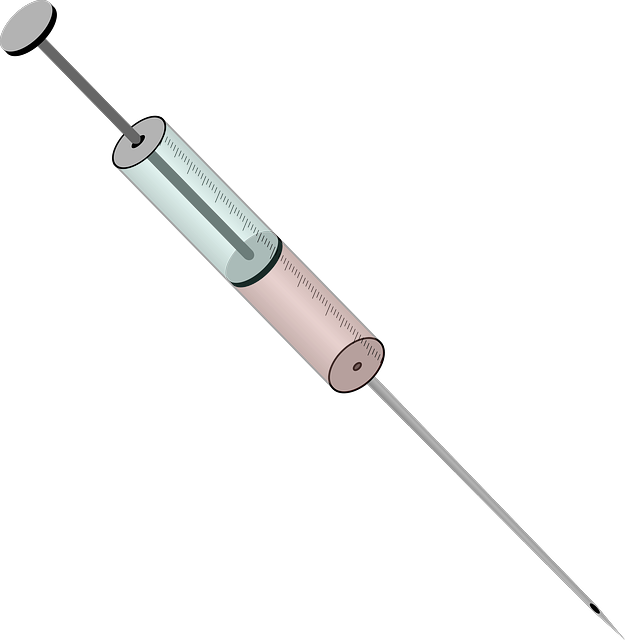Emily Willingham
www.forbes.com/sites/emilywillingham
 |
| Image source: pixabay.com |
Chelation is a “treatment” for autism promoted by the likes of Jenny McCarthy’s Generation Rescue group and others in which a chemical that binds metals is (usually) injected or infused into an autistic child with the intent of removing said metals from the blood. Now a review of the scientific studies on chelation and autism has concluded that not only is chelation ineffective, it can be dangerous. Indeed, chelation appears to be a case study of the dangers in using children as guinea pigs for random autism-causation hypotheses with no basis. According to Tonya Davis, Ph.D., lead author of the paper, quoted in a news story about the publication:
“Chelation therapy represents the ‘cart before the horse’ scenario where the hypothesis supporting the use of chelation was not validated prior to using it as a form of treatment. Evidence does not support the hypothesis that ASD symptoms are associated with specific levels of metals in the body.”
A review like this is relevant because according to the authors, 7% of autistic people have had chelation performed on them, and one survey of parents put that value at 8%. All of this in the absence of evidence that it is effective … or even observations supporting a hypothesis that it would be.
The reviewers examined five studies involving autism and chelation, in total including 82 participants. But most of the studies also rolled in other therapies simultaneously, making it difficult to pin down the effects, if any, of chelation. These other therapies included chemical castration with the hormone Lupron, various speech and occupational therapies, Ritalin, and clonidine.
The authors found that all five studies yielded evidence that was “insufficient” to establish certainty of a chelation effect. Three involved no experimental design, one lacked a control group, and for one, the “control” group received one round of chelation while the “experimental” group received seven. Only one study required
verification of high levels of metals, the medical indicator that chelation is needed. None appear to have been blinded. Only one study reported positive results, and it was not blinded and did not measure participant metal levels.
Like any medical intervention, chelation is not risk free. Side effects, according to this review paper, can include vomiting, hypertension, cardiac arrhythmias, and hypocalcemia (low calcium), which can lead to fatal cardiac arrest. In fact, a five-year-old autistic child died from exactly that under chelation therapy. These risks are so real that a 2008 clinical trial of chelation for autism was suspended as a result. The review authors also note that one rodent study found that one chelation agent caused “lasting cognitive impairment” in rats. Eep. See, the thing is, our body uses metals like calcium to maintain cell communication, including among heart cells. Stripping those metals away
can have fatal consequences.
In the discussion of the findings, these authors don’t mince words. They mention putting the cart before the horse and go so far as to say that “the use of chelation to remove metals from the body in order to ameliorate ASD (autism spectrum disorder) symptoms could be seen as unfounded and illogical.”
The current estimated prevalence of autism is about 1% among children in the United States, which has about 76 million children in 2012. If 8% of them are being chelated, that means that there are about 61,000 children who have undergone a “treatment” for autism that is “unfounded and illogical,” in addition to being hazardous and potentially fatal. And one of them has died. That’s where the autism-mercury-vaccine scare that kicked off in 1998 has taken us.
A version of this post was published at www.forbes.com/sites/emilywillingham.